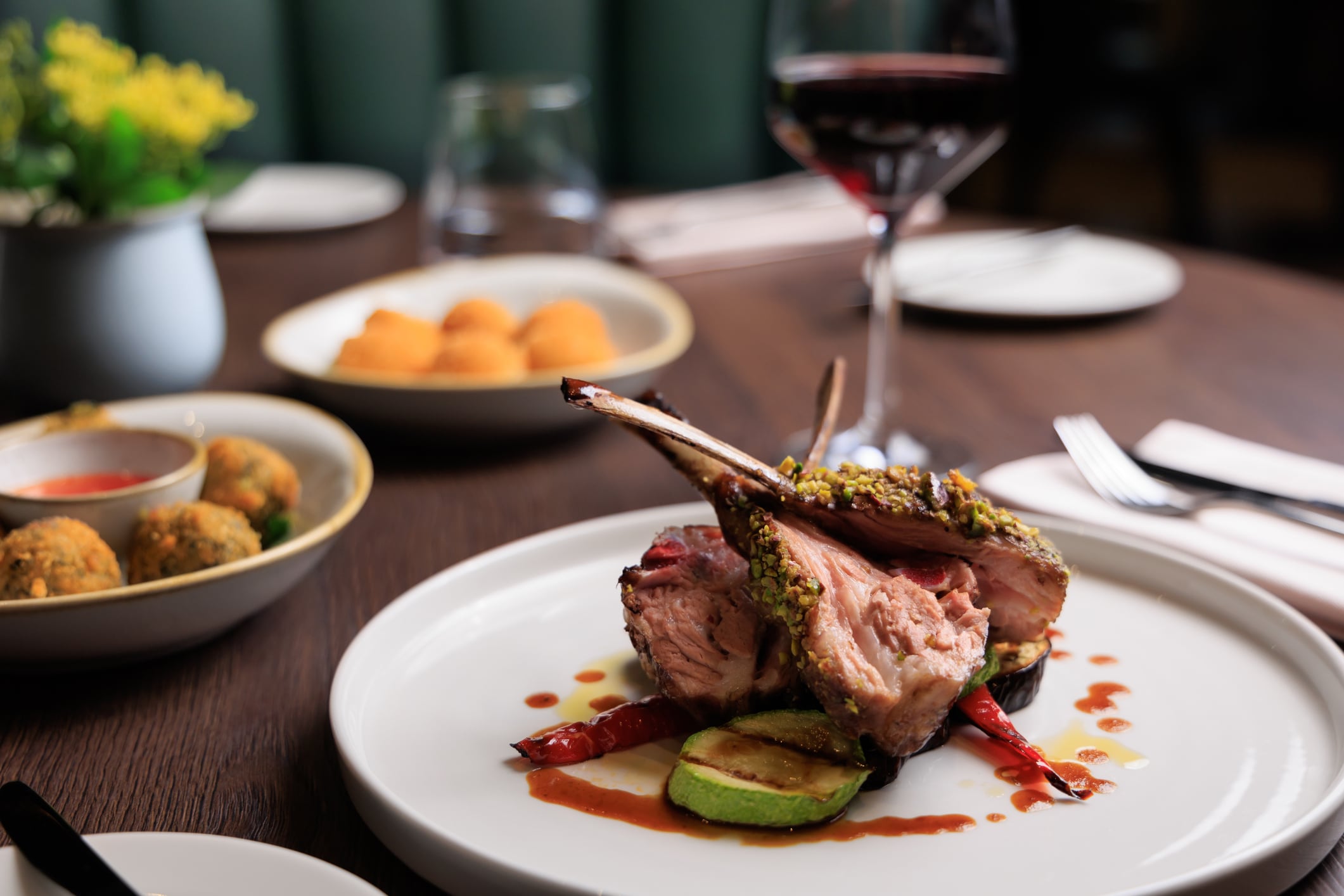UK consumers will bolster lamb sales in the weeks to Easter, as one major European processor ramps up production to meet demand in the territory.
This comes as Europe’s sheep numbers shrink by 1.5m heads, with adverse weather and disease shocking the flock into lower numbers, European Commission figures show.
EU sheep headage hit all time lows at the start of 2024, with 57.5m head of sheep, down 2.5% on 2022 and 5% on the previous year.
EU sheep meat exports stunted
Exports of EU sheep and lamb meat remained stunted during that period, while production and imports also fell last year as Continental demand for sheep meat slowed.
Brits will favour homegrown produce in the run up to and over the late Easter in April this year, Pilgrim’s Europe head of research Jason Winstanley says.
Two-thirds of lamb sales over the 12-week period up to and around Easter will come from joints, Kantar Worldpanel value shares show.
A sales boost follows a lamb share dip in 2023, driven by high spring temperatures that turned consumers across Europe off the meat and towards lighter options.
Different lamb cuts in warmer weather
Easter’s late April date this year could also turn shoppers towards lighter options, though Winstanley suggests consumers will respond positively to retailers that take this into account by promoting alternative lamb cuts and recipes.
Outside of its home market, British producers will also seek to further tap the EU market.
“The main suppliers of the EU are the United Kingdom and New Zealand, providing 53% and 41% of imported sheep meat respectively in 2024,” said Grace Bolton, livestock analyst at the UK’s Agriculture and Horticulture Development Board.
“Notably, imported volumes of sheep meat from New Zealand have increased only incrementally since the EU-New Zealand free trade agreement entered into force in May 2024, despite the increase in the tariff free quota for sheep meat under the agreement.”





